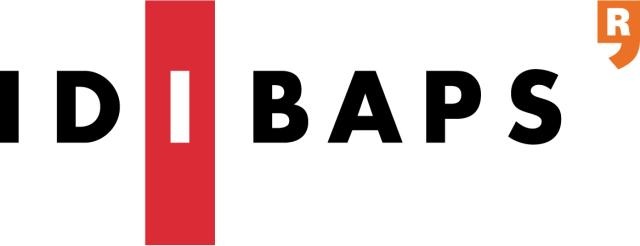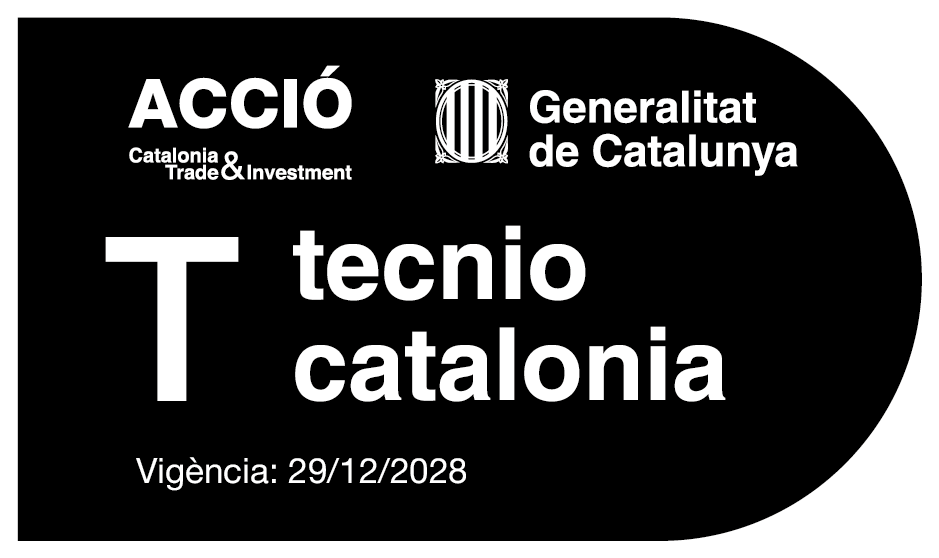intro
Our lab is dedicated to advancing the field of neuroscience by developing in silico models that harness machine learning to reveal biological insights. Our mission is to not only contribute to foundational scientific knowledge but also to promote a future with reduced reliance on animal experimentation. To achieve these goals, we work with multimodal omic data (e.g., scRNA-seq) as well as functional data (e.g., Ca imaging). At the core of our research, we are actively developing computational approaches that leverage the latest advances in deep generative modeling and artificial intelligence.
latest news 🎉
- October 2025: We are excited to welcome David García (undergraduate intern) and Zinnera Tariq (master’s thesis student) to our lab for the fall semester!
- September 2025: Congratulations to Berta Ros, a recent master’s student in our lab, for receiving the FI-STEP fellowship to pursue her PhD! Co-supervised with the Canals lab, Berta will develop deep generative models for multimodal analysis of transcriptomic and functional data, with a focus on applications to neurodegenerative disease research such as HD.
- August 2025: Our paper on identifying genetic modifiers in Huntington’s disease using a multimodal phenotype prediction model has been accepted for presentation at MLCB 2025! The work will be published in PMLR later this year. Caterina F. will present our findings at the conference, highlighting how our approach integrates diverse data types to advance understanding of neurodegenerative disease mechanisms.
- April 2025: Our lab, in collaboration with the Canals, del Toro, and Giralt labs at the Universitat de Barcelona, along with other esteemed European institutions, has been awarded a prestigious MSCA Doctoral Network grant! This funding will support cutting-edge research and training opportunities for the next generation of scientists at the intersection of neuroscience and machine learning. Stay tuned for more updates on this exciting initiative!
research areas
Our current projects encompass a range of topics at the intersection of machine learning, genomics and neuroscience.
single-cell transcriptomics
- Computational pipelines for analyzing scRNA-seq data
- Analysis of neural lineages differentiation
- Multimodal integration of transcriptomic data
genotype-phenotype prediction
- Identification of genetic modifiers for neurodegenerative diseases
- Advanced machine learning algorithms
- Genomic Language Models
probabilistic modeling of neuronal functional data
- (Deep) generative models for calcium imaging data
- Single-neuron and population-level dynamics
- Physics-informed machine learning
- Multimodal integration of transcriptomic and functional data
environment
Our lab is part of various world-class research institutions and groups in Barcelona, including:
- Institute of Neurosciences at UB (UBNeuro) [URL]
- TECNIO Group of Data Science and Artificial Intelligence at UB [URL]
- Group of Pathophysiology and Treatment of Neurodegenerative Disorders at IDIBAPS [URL]
Our lab’s research pushes the boundaries of what can be achieved with in silico models in the life sciences, and we are excited to be at the forefront of discoveries that have the potential to transform neuroscience. We welcome collaborations and discussions with others interested in our work.











